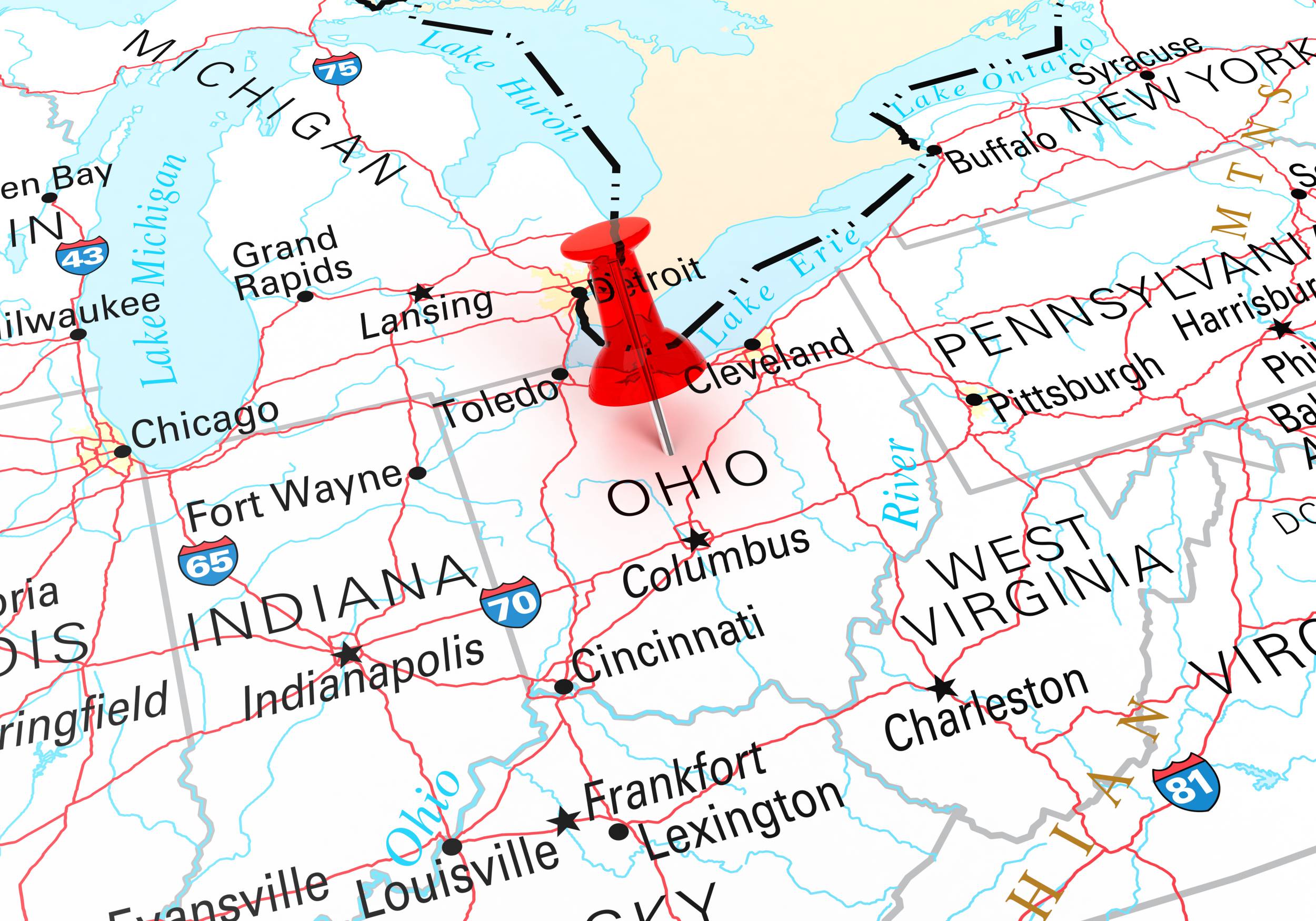The opioid crisis has single-handedly transformed the landscape of the nation, taking the lives of hundreds of thousands and permanently affecting the lives of those who survive. In some parts of the country, the opioid crisis runs rampant. One of the most deeply impacted states is Ohio, where the Centers for Disease Control and Prevention (CDC) reports an overdose death rate of 39.2 per every 100,000 people. To put that into more perspective, that rate is equal to December’s current COVID-19 death rate per 100,000 people in states like Washington and New Hampshire.
It is no secret that Ohio has been slammed by opioids for years now. Not only are opioids trafficked into the state at excessively high rates, but the amount of opioid overprescribing that occurs at the hands of medical professionals have continually played a massive role in opioid addiction. For example, the current rate of opioid prescriptions written nationwide is 51.4 per every 100 people, according to the National Institute on Drug Abuse (NIDA). In Ohio, however, the rate is higher at 53.5 opioid prescriptions written per every 100 people.
There is no doubt that the opioid crisis, despite the massive effort to curb its prevalence, is still problematic in the state of Ohio. Arguably the most pressing of concerns is the opioid overdose death rate that continues to occur.
Ohio Opioid Overdoses
Not all opioid overdoses end in fatality, but in places like Ohio, opioid overdoses end in death more often than not. The Ohio Department of Health reports the following statistics related to opioid overdoses in the state:
- In 2018, Fentanyl was involved in approximately 73% of all overdose deaths in the state. This number rose by 71% from 2017. Those overdose deaths that involved fentanyl typically involved other drugs, too.
- Fentanyl was involved in about 80% of all heroin-related overdose deaths in 2018, 74% of all cocaine-related overdose deaths, and 67% of all psychostimulant/methamphetamine-related overdose deaths. This statistic in particular represents how pervasive opioid use is across all types of drug abuse occurring in Ohio.
- Carfentanil, which is an opioid 10,000 times more powerful than morphine (for reference, fentanyl is up to 50 times more potent than heroin), was involved in 75 fentanyl-related overdose deaths in 2018 as opposed to 1,010 in 2017. In a time of darkness, this small drop in overdose death rates is welcomed.
- Overdose deaths that involved natural and semi-synthetic opioids decreased by 42% between 2017 and 2018 (another welcomed success).
Ohio Opioid Crisis — Why Is It Happening?
Opioids involved in most overdoses include methadone, oxycodone, hydrocodone, and fentanyl. These opioids also represent the most commonly abused opioids amongst users in the state. This is reflected throughout the country, as prescription opioids have taken hold of both Ohioans and most other states.
So why is this even happening? Of course, drug addiction has been closely linked to things like poor mental health, tumultuous childhood, history of abuse, and societal pressure and stress. Drug addiction is still most commonly occurring because of these things. However, when it comes to opioids, the epidemic level it has reached within Ohio is not just because of the common risk factors associated with drug abuse and addiction. Instead, these levels of opioid addiction can be linked back to moves made by Big Pharma in the early 2000s.
To make a very detailed, complex story short, Big Pharma worked to market their newest opioid-based painkillers (example: OxyContin) to medical professionals throughout the country — including Ohio. Sales representatives made countless pitches to these medical professionals to prescribe their opioid-based painkillers, stating time and time again that they do not produce any habit-forming effects. So, as these professionals began prescribing these medications freely, more and more people started to get hooked. Fast forward to today, more people than ever anticipated are struggling with not only prescription opioid addiction, but also illicit opioid addiction.
What is Being Done to Combat the Ohio Opioid Crisis?
Even though Ohio continues to be one of the most opioid-affected states in the country, there are several initiatives that are actively occurring to help continue to combat this deadly epidemic. The state is addressing the Ohio opioid crisis in the following ways:
- Take Charge Ohio — According to its website, Take Charge Ohio’s mission statement is as follows: “to empower safe pain management and medication use by educating patients and providing resources for healthcare providers.” They accomplish this by ensuring the public is aware of where they can safely dispose of their opioid-based medications, where they can obtain naloxone, and where they can attend treatment and obtain recovery services, to name a few.
- Naloxone distribution — The Violence and Injury Prevention Section (VIPS) provides funds statewide for naloxone distribution and naloxone education programs. The Ohio Department of Health reports that since 2014, almost 90,000 naloxone kits have been distributed. They also report that 11,000 lives have been saved by the use of naloxone.
- Stop overdoses — The stop overdoses initiative invites survivors of opioid overdose to participate in the campaign to educate the public about the necessity of naloxone. They share their stories with the public in an effort to increase the amount of people carrying naloxone as well as to help prevent overdose before it happens.
Ohio continues to be one of the leaders of the pack when it comes to opioid overdoses, but it is not because of a lack of resources or effort on the behalf of those trying to curb this problem once and for all.
Do You Need Help? Call Us Right Now.
We are all too familiar with the pain that comes along with any type of addiction, especially opioid addiction. If you or someone you love is struggling with opioid addiction, reach out to us now before it is too late. While naloxone is available, it is not a guaranteed lifesaver. The last thing you want for yourself or your loved one is to suffer an overdose where it is too far past the point of saving.
Do not wait. Call us right now. We can help.






